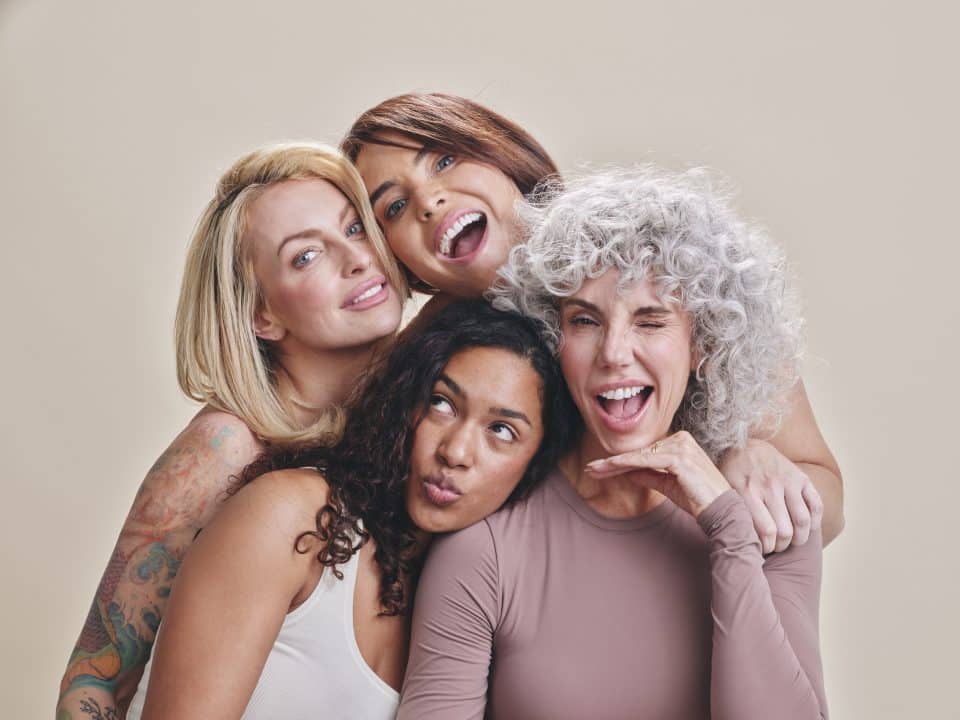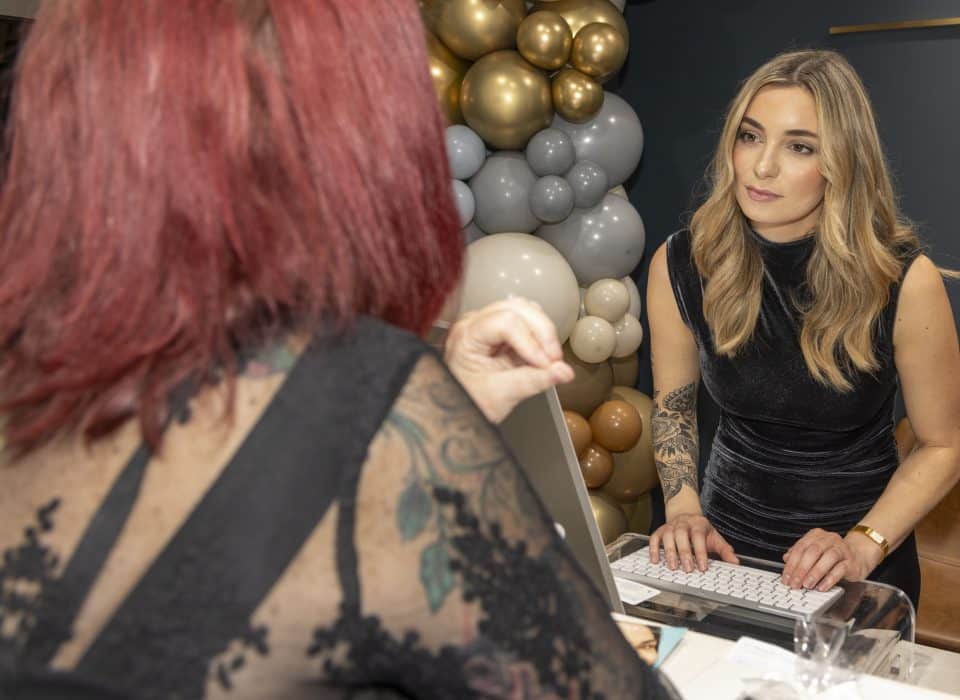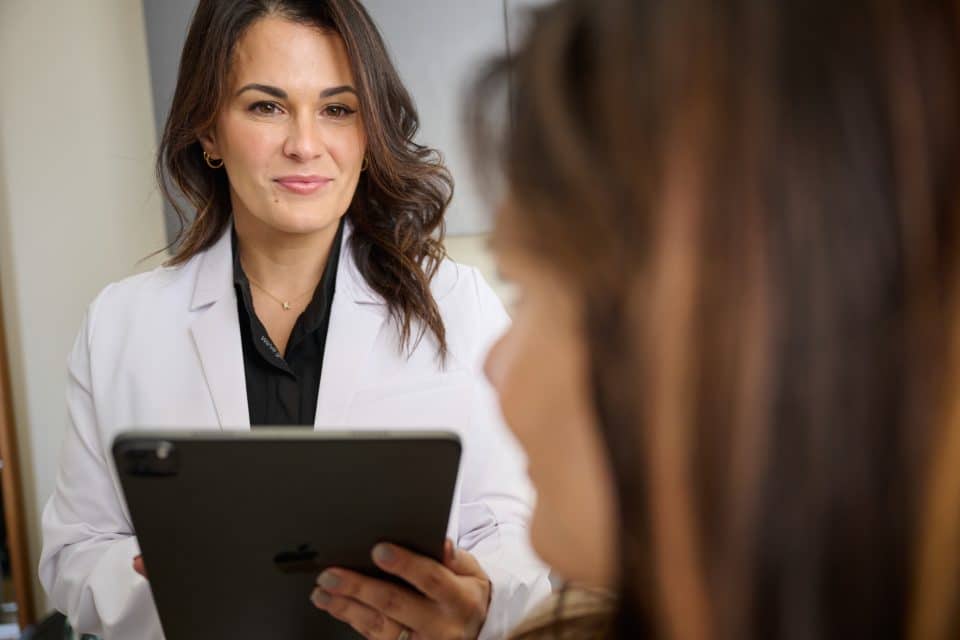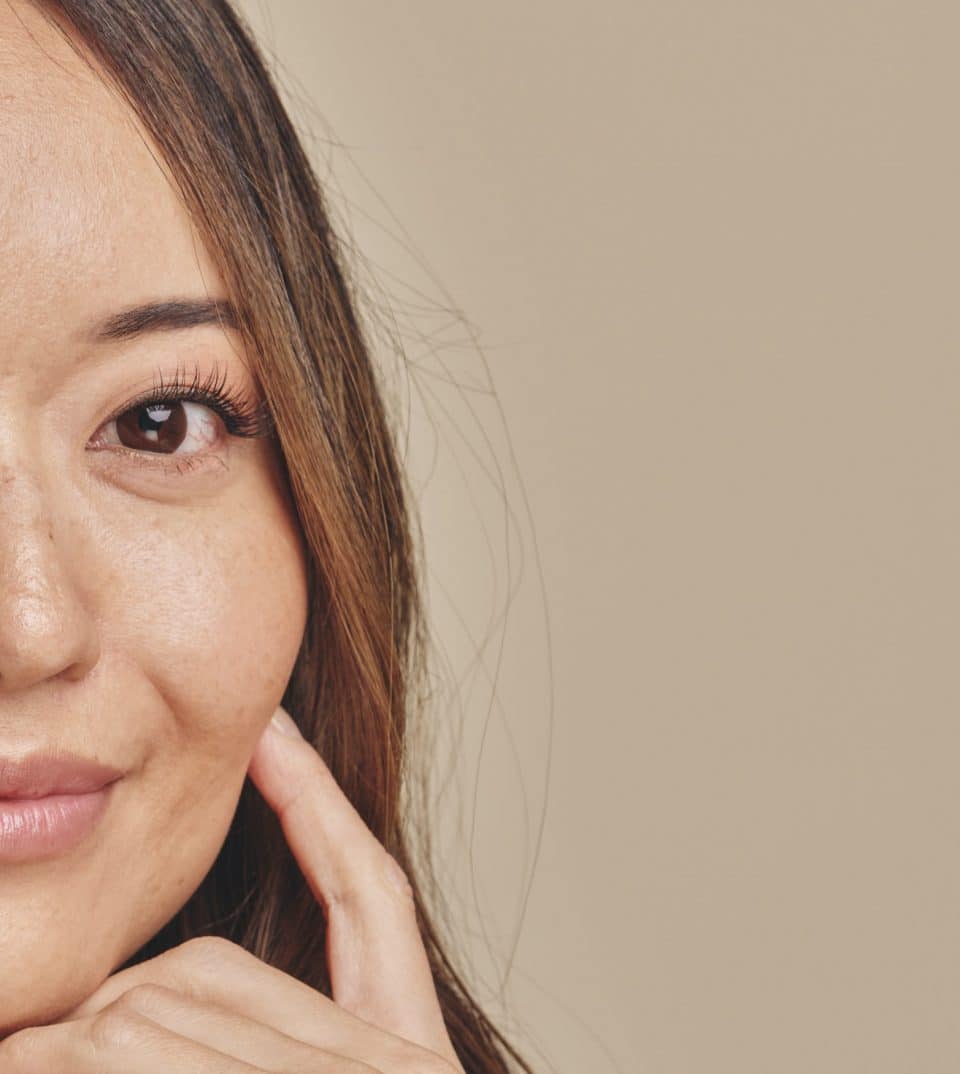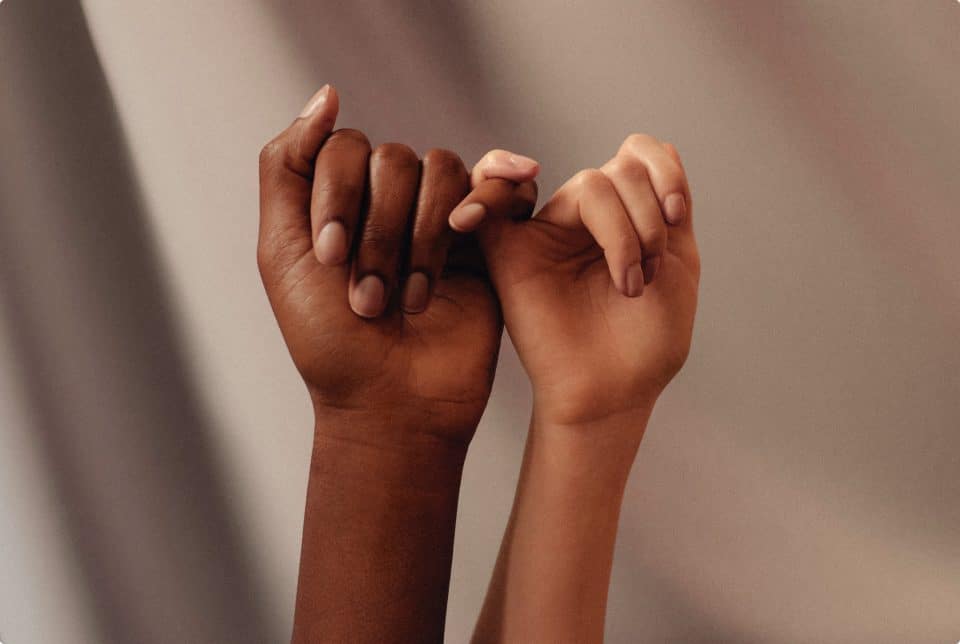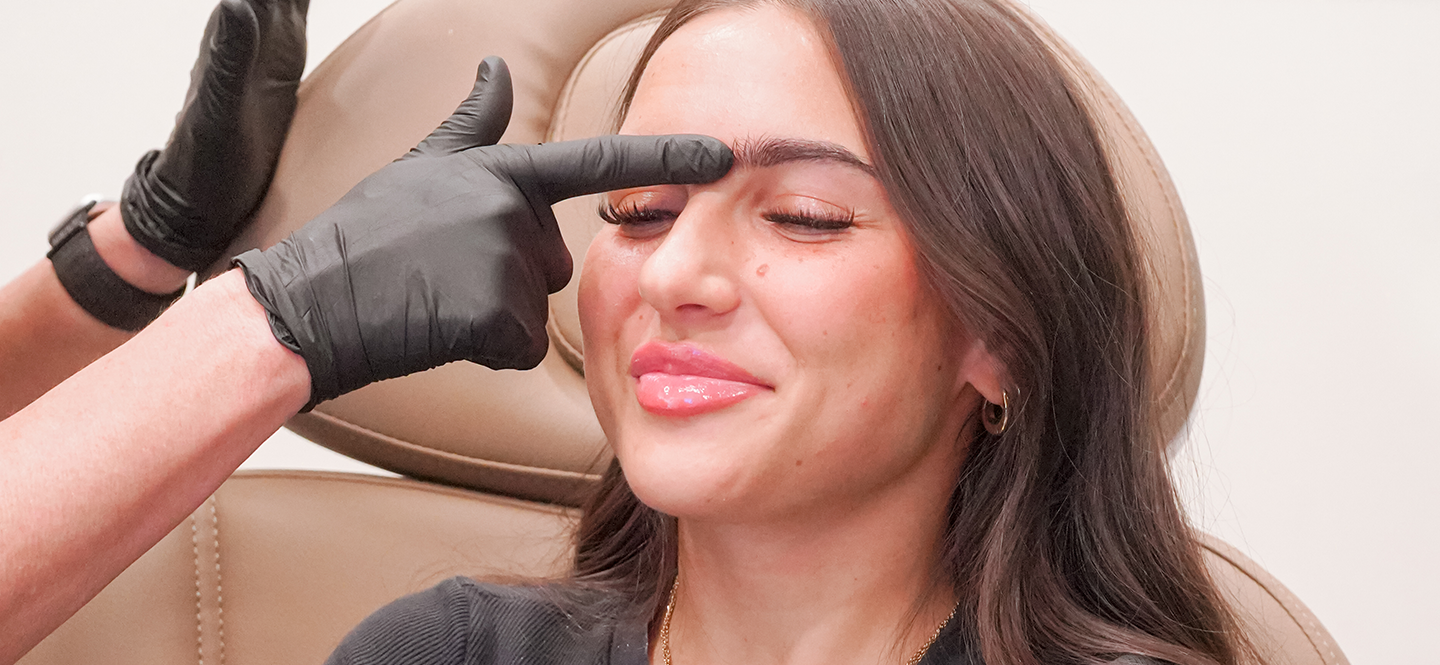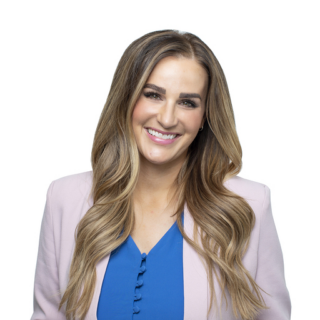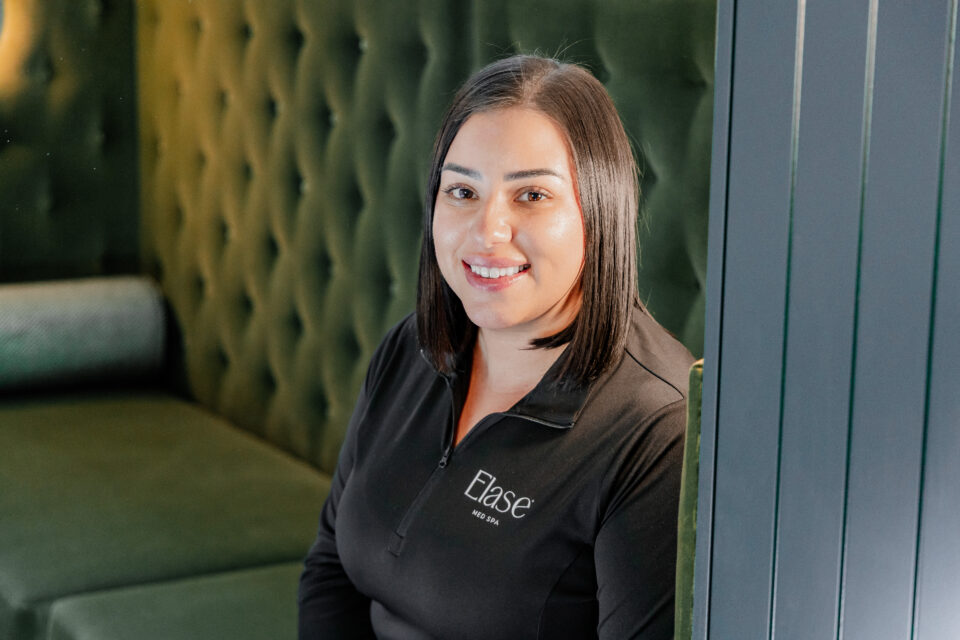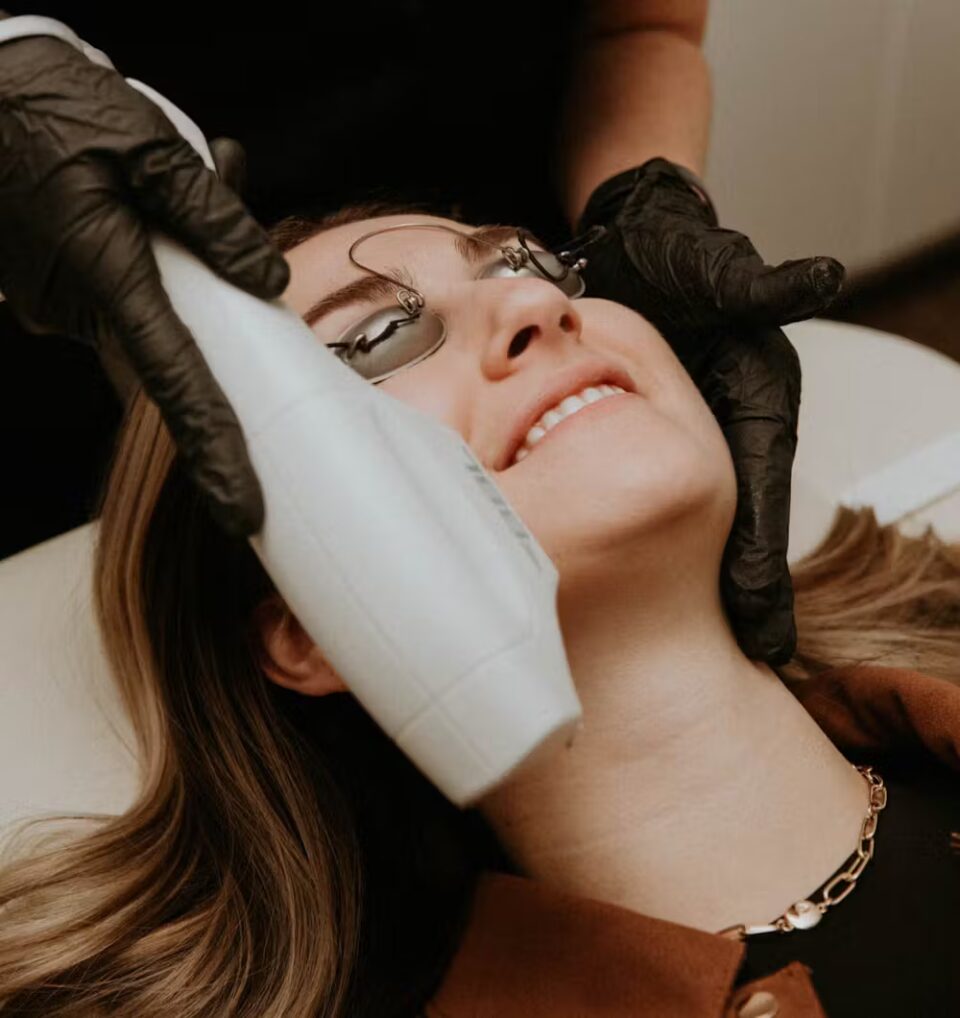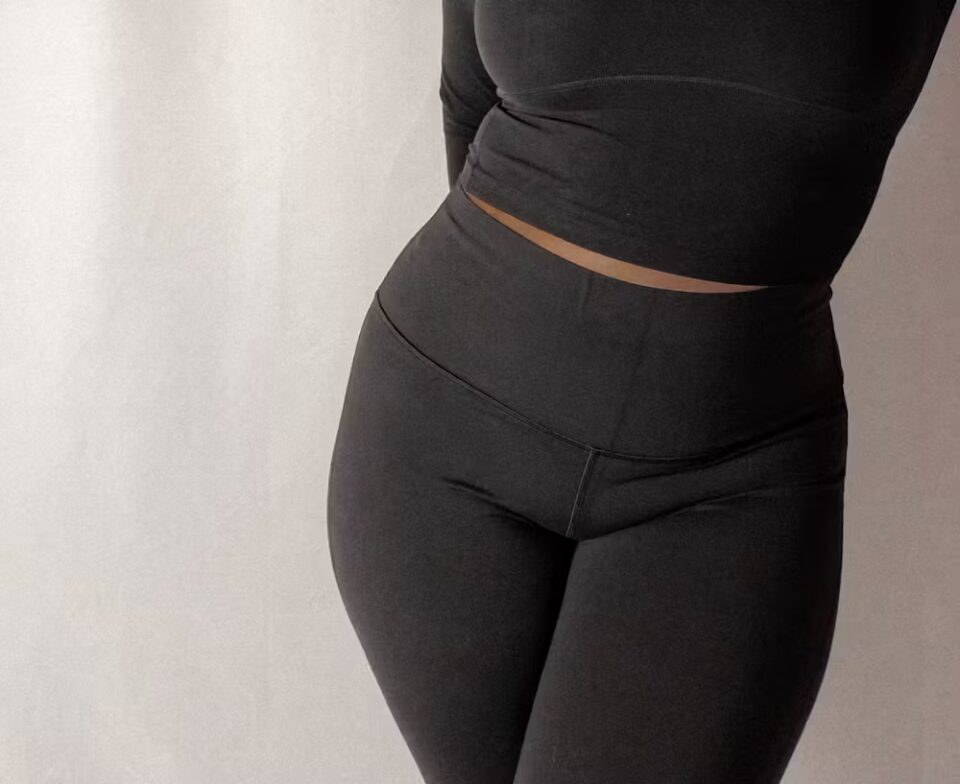Botox is a popular non-surgical cosmetic treatment for reducing fine lines and wrinkles, enhancing facial features, and achieving a more youthful appearance. Knowing the most common Botox areas for the face can help you better understand how this versatile treatment works and where it can make the most impact. Below, we’ll explore key Botox injection areas from the upper face to the neck, along with their benefits and what to expect during the procedure.
Upper Face Botox Areas
The upper face is one of the most treated regions for Botox, targeting dynamic wrinkles that form due to repetitive facial movements.
Forehead Lines
Forehead lines are horizontal wrinkles that develop from raising your eyebrows. Botox helps smooth these lines, creating a refreshed and youthful look. Treatments in this area often provide dramatic yet natural-looking results.
Glabellar Lines
Glabellar lines, also known as frown lines or “11s,” are vertical creases between the eyebrows. These lines can make you look stressed or angry. Botox relaxes the underlying muscles, softening these lines and contributing to a calmer and more approachable appearance.
Crow’s Feet
Crow’s feet are fine lines radiating from the outer corners of the eyes, caused by smiling or squinting. Treating this area with Botox can make your eyes appear more open and rejuvenated, restoring their youthful sparkle.
Mid Face Botox Areas
The mid-face region is less commonly associated with wrinkles but offers significant opportunities for enhancement with Botox.
Bunny Lines
Bunny lines are small wrinkles on the sides of the nose that appear when you scrunch your nose. Botox injections can smooth these lines for a more polished and refined look.
Eyebrow Lift
A subtle eyebrow lift using Botox can create a more alert and youthful appearance. By targeting specific muscles, this cosmetic treatment opens up the eyes and enhances overall facial harmony.
Lower Face Botox Areas
Botox treatments in the lower face focus on contouring and addressing lines that develop with age and repetitive expressions.
Nasolabial Folds
While nasolabial folds are typically treated with dermal fillers, Botox can play a complementary role by relaxing nearby muscles and reducing excessive movement that deepens these creases.
Lips and Perioral Area
Botox in the lips and surrounding areas can treat vertical lip lines (commonly called smoker’s lines) and enhance the lip shape for a subtle “lip flip.” This technique provides a fuller and more defined pout without the need for fillers.
Chin
Botox can smooth dimpling or the “orange peel” texture of the chin by relaxing the mentalis muscle. This treatment results in a smoother, more youthful chin contour.
Jawline and Masseter Muscle
For individuals seeking a slimmer facial profile or relief from teeth grinding (bruxism), Botox in the masseter muscle is a game-changer. This treatment softens the jawline, reduces clenching, and alleviates tension in the area.
Neck Botox Areas
The neck is often overlooked in anti-aging treatments, but Botox can work wonders in this area.
Platysmal Bands
Platysmal bands are vertical neck muscles that become more prominent with age, leading to a sagging appearance. Botox relaxes these muscles, improving the neck’s overall appearance and creating a smoother, firmer look.
How Botox Compares to Other Treatments
Botox isn’t the only option for reducing wrinkles and enhancing facial features. Other treatments, such as dermal fillers, chemical peels, and laser resurfacing, target different skin concerns. Unlike fillers that restore volume and plump the skin, What are neurotoxin injections, and how do wrinkle relaxers like Botox work? They temporarily relax the muscles responsible for causing facial lines, helping to smooth and rejuvenate the skin.
The number of botox units per area varies depending on the treatment area and individual needs. Combining Botox with other treatments can offer a more comprehensive approach to facial rejuvenation, tailored to your specific needs and goals. Consult with your provider to develop the ideal treatment plan for your skin and aesthetic aspirations.
Benefits of Targeting Specific Facial Treatments
Botox offers more than just wrinkle reduction—it provides several additional benefits when targeting specific areas of the face.
Facial Symmetry
By strategically treating muscles on both sides of the face, Botox can correct asymmetries, enhancing overall balance and harmony in your appearance.
Enhanced Appearance
Targeted Botox treatments highlight and refine natural facial features, helping you look like the best version of yourself without looking overdone.
Prevention of Wrinkle Formation
Regular Botox treatments can prevent the development of deep wrinkles by relaxing the muscles responsible for repetitive expressions, keeping your skin smooth over time.
What to Expect During a Procedure
Knowing what to expect during your Botox appointment can ease any apprehension and prepare you for the process.
Consultation and Assessment
Your treatment begins with a thorough consultation to discuss your concerns and goals. Your provider will assess your facial structure and muscle activity to create a personalized plan tailored to your needs.
Injection Process
The actual injection process is quick and minimally invasive. A fine needle is used to administer small amounts of Botox into the targeted areas, and the discomfort is typically minimal.
Post-Injection Care
After the procedure, you can resume most normal activities immediately. However, you should avoid strenuous exercise, lying flat, or touching the treated areas for the first few hours. Results typically appear within 3-7 days and last 3-4 months.
Who is an Ideal Candidate for Botox?
Botox is suitable for most individuals seeking a non-surgical solution for wrinkles and fine lines. Ideal candidates are typically between the ages of 18 and 65, with no history of neuromuscular disorders. Botox is also effective for individuals who want to prevent the formation of deeper wrinkles or enhance facial features subtly. Pregnant or breastfeeding women, as well as individuals with certain health conditions, should consult with their provider before undergoing Botox treatments.
Who Is Not a Good Candidate for Botox?
While Botox is a safe and effective treatment for many, there are certain situations where it may not be recommended. Individuals who are pregnant or breastfeeding should avoid Botox, as the effects on the baby are not well-studied. Additionally, those with certain neurological conditions or allergies to botulinum toxin should discuss alternative options with their healthcare provider. If you have active skin infections, rashes, or other concerns in the treatment area, it’s important to address these before undergoing Botox.
Conclusion
Understanding the most common Botox areas for the face empowers you to make informed decisions about your aesthetic treatments. Whether you’re targeting forehead lines, crow’s feet, or platysmal bands, Botox can provide noticeable results that enhance your natural beauty. Consult an Elase provider to determine the best treatment plan for achieving your desired look. With Botox, a smoother, more youthful appearance is just a few injections away!

